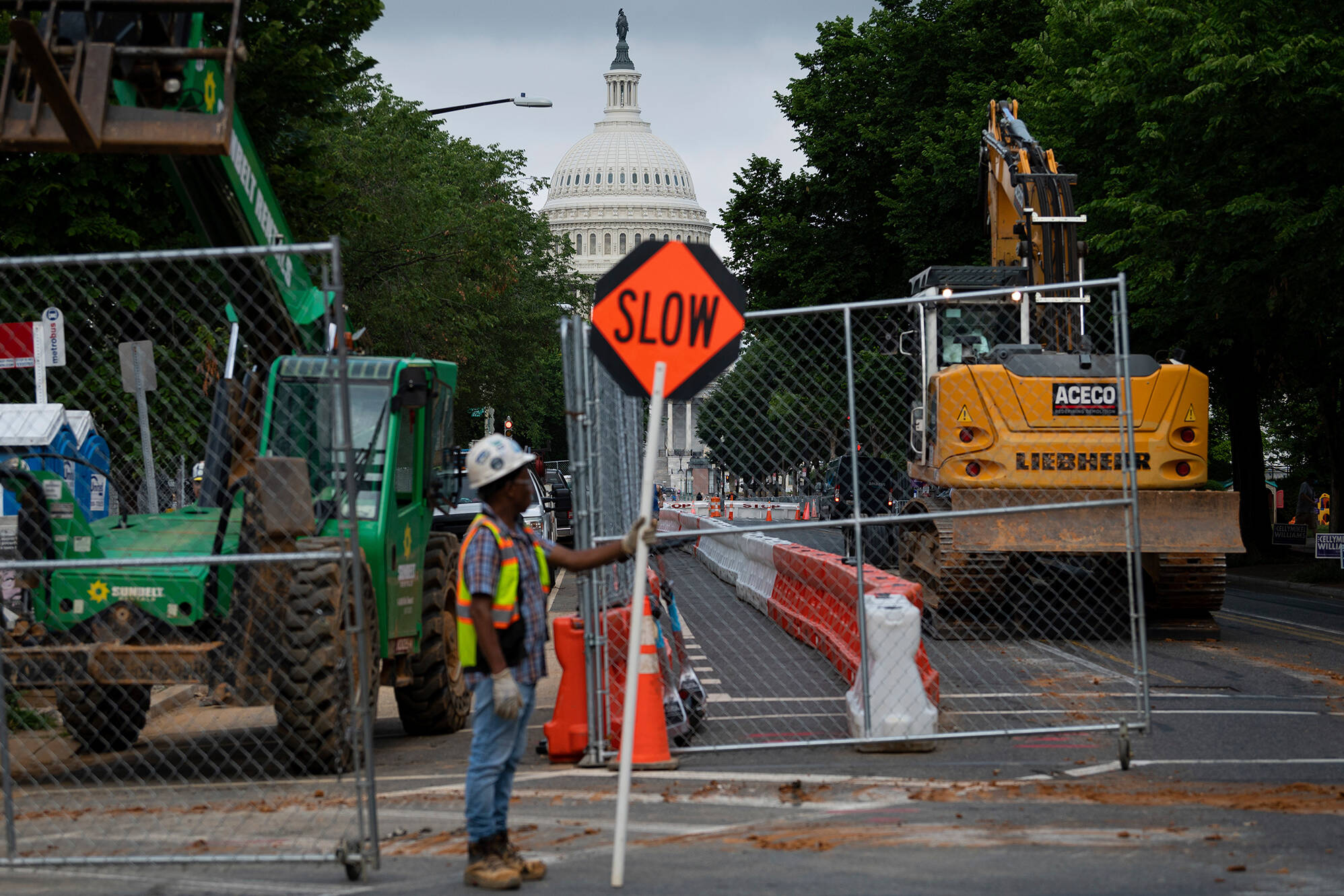How Trump’s Argentina bailout and beef proposal sparked a Republican backlash.
Argentina has recently become an unexpected flashpoint in American politics. Not because of immigration or conflict overseas, but because of foreign aid.
The twist? It’s the “America First” caucus supporting the aid this time.
President Trump has taken a personal interest in helping Argentina’s self-proclaimed libertarian president, Javier Milei, stabilize his troubled economy. That help has come in two forms: a U.S.-backed financial rescue package and a proposal to import more Argentine beef to ease meat prices here in America.
Both ideas have set off an unusual backlash from within the President’s own party, especially among farm-state and fiscally responsible Republicans who see the plans as helping Argentina at America’s expense.
Here’s what’s happening, and how it’s playing out.
Bailouts
The U.S. Treasury Department has put together a $20 billion financial rescue plan to help Argentina’s central bank keep its economy from collapsing. The country’s currency, the peso, has been in flux, with inflation reaching 200% last year and remaining over 30% now.
The deal works through what’s known as a “currency-swap line” – a mechanism that lets Argentina temporarily exchange pesos for U.S. dollars, then repay later at a fixed conversion rate.
The goal is to make it easier for Argentina to pay for imports and stabilize prices while it tries to reform its economy. The risk is that if the peso keeps losing value, the dollars the U.S. lent out could be worth more than what it gets back.
In addition to the $20 billion currency swap, the Trump administration is pressing a group of major U.S. banks including JPMorgan Chase, Bank of America, and Goldman Sachs to loan another $20 billion to Argentina.
This would be a more traditional loan where the government of Argentina borrows U.S. dollars from private banks and repays them over time with interest. In theory, this would all be funded by private lenders and not taxpayers. But Argentina has defaulted on its debt nine times, so the banks want the U.S. government to guarantee the loans – meaning taxpayers would cover the loss if Argentina fails to pay.
Beef
The second part of President Trump’s Argentina strategy is much more straightforward.
With U.S. beef prices still near record highs after years of drought and smaller cattle herds, the President has floated the idea of temporarily increasing imports from Argentina to bring prices down.
In the White House’s view, this would be a win-win: propping up Argentina’s farmers while lowering prices for American consumers.
But Argentina’s beef industry is already strong, ranking as the eighth-largest beef exporter in the world. Would Americans’ business be much help?
On the flip side, Argentina supplies only about 2% of U.S. beef imports, a level too small to move prices in a meaningful way. “The U.S. cannot buy enough beef from Argentina to materially move the needle in the market,” according to the Steiner Consulting Group, which provides economic analysis for food companies
Beijing
Argentina’s budding relationship with China is hard to ignore.
Over the past few months, China has quietly shifted its soybean purchases away from the U.S. and toward Argentina. In September, China didn’t buy a single ton of U.S. soybeans, the first time that’s happened since 2018. Instead, China imported 15 cargo ships of soybeans from Argentina after Buenos Aires temporarily suspended export taxes on soy, making its grain cheaper on the world market.
For American farmers, this is a double blow. China is their single largest export customer, and soybeans are one of the few crops where the U.S. consistently runs a trade surplus. Now, while U.S. farmers lose sales to South America, the U.S. government is preparing to bail out the same country that’s taking their market share.
The response inside the Republican Party has been sharp and unusually public. Many of the same lawmakers who usually align with President Trump on trade and foreign policy are openly questioning both the bailout and the beef plan, saying they undercut U.S. farmers and taxpayers alike.
Chuck Grassley, a Republican Senator and soybean farmer from Iowa, asked, “Why would USA help bail out Argentina while they take American soybean producers’ biggest market???”
Deb Fischer, a Republican Senator from the cattle-ridden state of Nebraska, said she had “deep concerns,” with the President’s plan, warning that “government intervention in the beef market will hurt our cattle ranchers.”
GOP Congressman Thomas Massie of Kentucky put it more bluntly: “This is not America First. We don’t need the U.S. flooded with beef from Argentina after our cattle ranchers have taken a beating over the last several years.”
Even Rep. Marjorie Taylor Greene, usually one of President Trump’s fiercest allies, called the move a “betrayal” and told the White House to “stop helping foreign countries and put Americans first.”
Moments like this show how complicated “America First” can be in practice. Helping a partner stabilize its economy might serve a larger strategic goal, but it also raises hard questions about priorities, tradeoffs, and what kind of leadership Americans want their country to exercise abroad.
Related
Peyton Lofton
Peyton Lofton is Senior Policy Analyst at No Labels and has spent his career writing for the common sense majority. His work has appeared in the Washington Examiner, RealClearPolicy, and the South Florida Sun Sentinel. Peyton holds a degree in political science from Tulane University.




